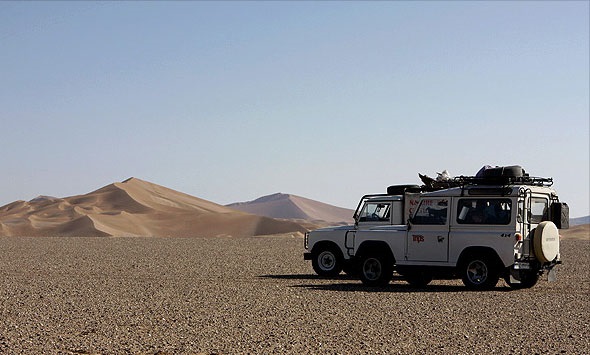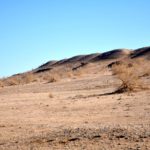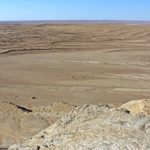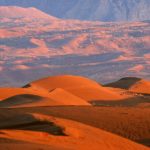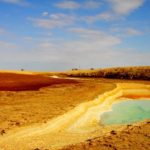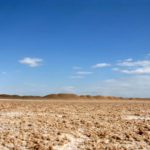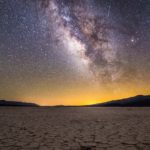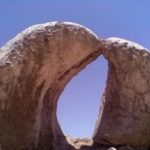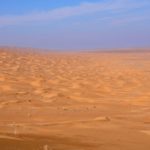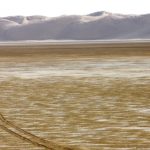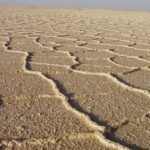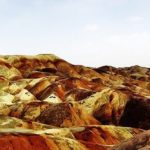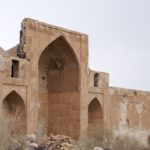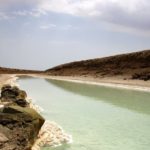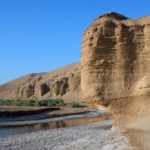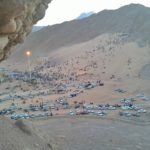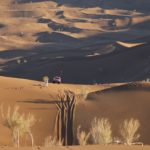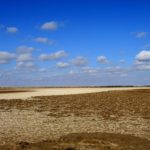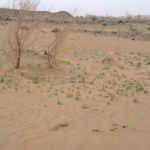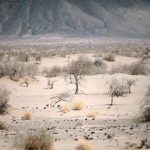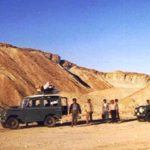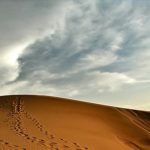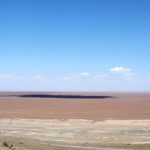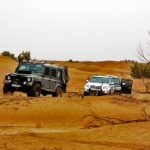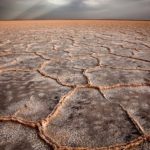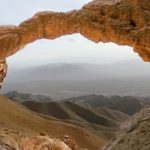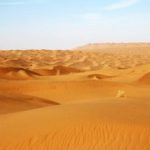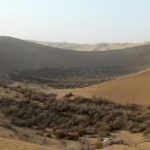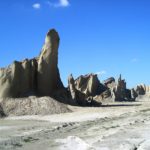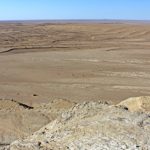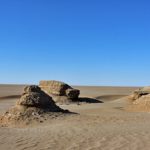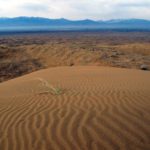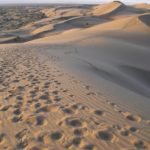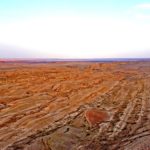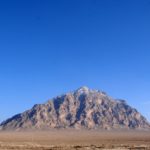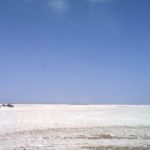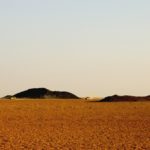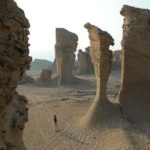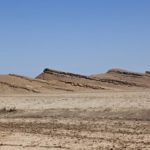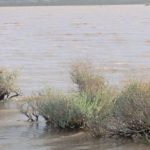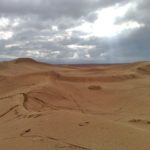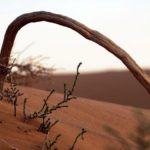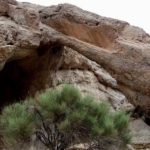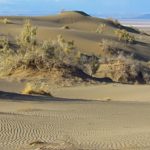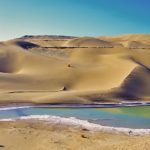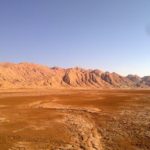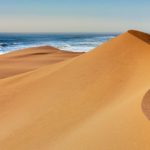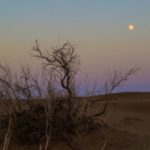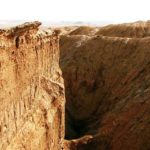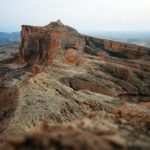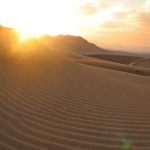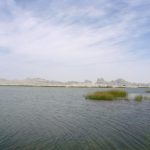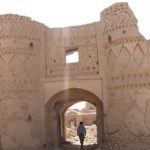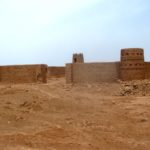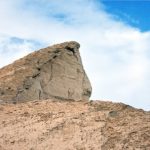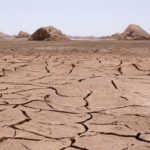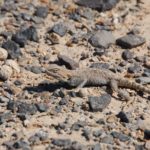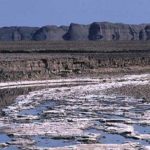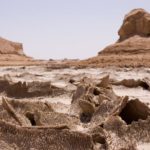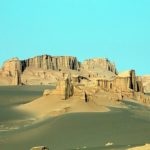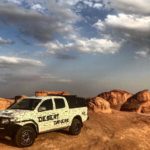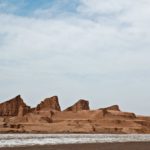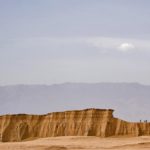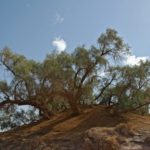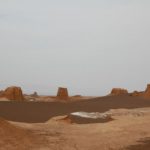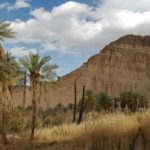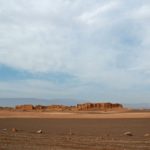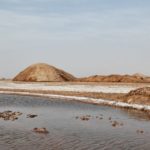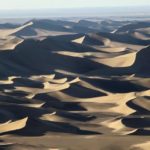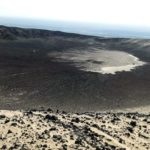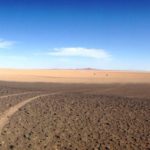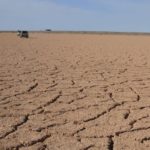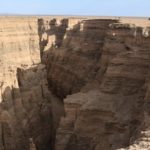Do you know where I’m going? Maybe yes! Maybe not! You must have heard of many names or seen or passed through deserts and deserts. The Great Salt Desert, Rig Jinn, Salt Lake, Maranjab, Jazmourian, Long Rig, Haji Maji Rig, Desert in Nangir, etc … that exist in Iran and the deserts or in a more comprehensive sense of vast and wonderful deserts in different parts of the world. The Taclamacan Desert, the Transcontinental Desert, the Sahara Desert, the Arabian Peninsula, the Sinai Desert, etc. each have their own characteristics.
For centuries, human beings have stood on their banks for centuries, and their passion and passion for passing and seeing and reaching out to the other side have played a role. Yachtsmen, businessmen or caravans of yesterday and adventurers, seekers and deserters today stand on the fringes of these seaside deserts, then the desert has charmed them, and they have traveled and made their way, not the way, in fact, to Wide open and covered with gravel, sand and accompanied by sandstorm, spit and heat or burner and cold.
Read More ...
The situation has not changed and you still have to shade your eyes to see what you can see in the desert.
“A full century has not yet passed since the prosperous desert riders of Lot have traveled, and the experience and travel of travelers who have crossed this adventurous area for travel, sightseeing and commerce have not been buried. But the cruelty of car crashes and tool replacements has been so flashy that one imagines that hundreds of centuries have passed and that what is left of the old books on the shelves and almost no interest in browsing these monuments, and This indifference means disregard for civilization, culture, customs and traditions »
This report is an account of adventurous and curious travelers to the Lut Desert, this vast and endless expanse of perhaps the most legendary desert.
First a brief description of the texture, geology and climate of Lut Desert:
The word lute means bare and empty. Loot Desert is a true desert and one of the driest and warmest places in the world. The absolute maximum temperature in the shade is above 2 ° C. The vast surface of this desert lacks vegetation and flowing sand covers it. Its area is about 1.2 square kilometers. The largest sand and sandstone in Iran, called Root Lut, is about 1.5 square kilometers in the Lot Lut desert, which is not very important compared to the most important sand in the world, in Saudi Arabia, Africa, but one of the most important land morphological features. They are considered. The variety and grandeur of some of its effects are unique in the world. The tallest sandstone pyramids are 2 meters high, the tallest in the world. Opposite to these pyramids, there are also many hollow holes, most of which are dominant slopes, the deepest of which is 2 meters. Be it. According to famous Swedish scientist and scientist Sun Hedin:
“The worst place in the Lut Desert was the southeastern part of Bam and Nine, which is one of the most terrifying parts of the whole earth. There, the northwest wind, which dominates the area, has been gathering sand and piling it up in waves and hills. And the place of these waves and hills is constantly changing. The burning sun warms the earth and turns it into molten iron. The wind coming through these hundreds of square kilometers of the scorching desert is so dry that when it surprises humans and animals it absorbs all the moisture in the body and leaves only a wrinkled, black mummy. ”
To the west of the Lut Desert are the Clutes. The cloaks from northwest to southeast consist of a continuously eroded mountain sequence that is highly eroded. These worn-out hills of wind and rain, with cores of compressed clay, have weathered shells that cover their surface as a bloated earth. The low-lying clusters are seen as solitary hills in very exquisite forms on a flat plain.
Except for sand dunes and whales, other forms and forms of desert such as salt marshes, rocky surfaces, alluviums, and so on. There’s loot.
This amazing and diverse nature and climate and the relationship and coexistence of thousands of human shades have made it a legendary aura called Lut. We also ride on iron horses to loot with pristine nature, vegetation, wildlife and passages, landmarks and tolls that have been named by caravans and travelers and have benefited over the years for passing loot. They have become more familiar, recording their images and location.
It’s late January. Most of Iran’s snow and cold highlands penetrate the bone marrow, especially on the fringes of your host desert.
In most of the old travelogues, even the ancient Arab geographical books, wherever Lot was mentioned, were also named the Ten Salm. It has a long history and has had many ups and downs, sometimes as a thriving village with several markets and sometimes desolate and ruinous villages. But as a last resort it has withstood the onslaught of the desert and continues to live.
The desert is surrounded by ten huge shrubs covered with large Ashan shrubs, and we arrive at the beginning of the route at the edge of the village with a stream of saline water flowing into the dry riverbed. The water boils at this point and falls a few meters below the sand again. Green and shrubby shrubs are very attractive and have found a bunch of wild ducks in the area.
We cross several interconnected peaks called the Goddess Rigi, and then find ourselves in a vast plain. The route is towards the Arabs. To our right (geographical north) the Shah Mountain faces the sky and to the southwest there is a toothed mountain “Simorgh”. The vegetation is disappearing, and only the scattered faces of the “rams” bushes are growing.
We have a wide and open horizon, desert sands of different colors, and mahogany hills each in color. In the animal path we have not seen but a few small birds called the Heddy’s Cheetah. The blue Simorgh Mountain is now clearly visible on the left side of our path and on the right side is seen around Abdullahi Mountain and part of the mountains around the Qari Zari mine. In the sunlight the earth shines beautifully in yellow, a yellow hill in front of us called yellow above. We stopped shortly afterwards to get a better view of the surroundings and remember the name and the appendix.
Every point in the desert has its own fabulous legend that justifies its name.
In the northwest, in the morning light, a huge, red-colored mountain is known as the “Red Mountain”. Moving on again, there is no vegetation in the other direction, the surface effects of the earth indicate high and strong winds in this area. The surface of the desert is covered by waves of sand and sand up to a height of 5 cm and a length of 1 to 2 meters, which are crescent and parallel to each other. The sand grains are about 4-5 mm in diameter, and nowhere have we been able to accumulate these large, dark beads in successive waves.
As we pass through a few small mountains, we suddenly find an owl sitting high up and looking at us. Medium size and yellow eyes. Around here we also find traces and traces of sand fox life. The existence of these animals was very surprising. How did they feed and survive in the dry, barren desert heartland where there were perhaps no other animals, including scorpions, snakes and mice?
After crossing these rugged hills and mountains lies a very wide horizon in front of us. We are reducing altitude by moving forward. At distances you can see walls that rise like a rocky coastline into the desert.
The sun is in the center of the sky, and we stop at a street called the Alley, which was famous for being surrounded by two rows of circular hills that resemble residential houses. The natural disruptions on the wall on either side of those slides create regular grooves that extend even parallel to the bottom of the slope and do not reach each other.
The “alley” has been the location of convoys traveling along this route for many years. We move throughout the day. But in most of the old convoys they rested for the day and departed before sunset. In this way they conserve energy and water and benefit from the cool of the desert nights and travel until dawn to the next home.
Now that prominent round nose is clearly visible and its strange shapes are quite noticeable. There is a sandy and gray plain between the “alley” and the prominence known as the “muzzle of the ear”. The old traces of water flow are seen down the valleys between the “alley” cliffs downstream. We stop in front of the Muzzle of Cal, and we remember Dr. Gabriel’s famous Desert Roll: “Here is Lut, on a very large scale with a vertical slope. Clay-sandy sediments up to one hundred meters high are arranged in regular classes, divided into columns, columns and fences, offering an image similar to that of Rome’s closet architecture and reconstructed Babylonian architecture.
The town of Lot, believed to be man-made and inhabited by the people of the Zemtner Desert, gave these ancient worn-out effects an ancient and legendary nature when playing the sun. A few “larvae” fly around waiting for food left over from us, and maybe even ourselves!
From the city of Lut, the cloaks begin to become dense. The howling of the wind is the only sound to be heard. We fall again to watch the sunset between the clouds. At sunset, the Kerman Plateau Mountains appear on the horizon. The huge Plovar Mountains with snow-covered peaks encompass the western margin of the Lut Desert like a fence and prevent the influx of warm Lut air into Kerman and into Iran. We are standing, and the sun is as magnetically pulling the last particles of light and light behind the distant mountains. We see a colt with a massive, wall-like structure called “Gojjar”. Gojjar has been widely used as a promenade and caravans have found it to be half way.
We get stuck again, but this time it’s more than a muddy sandbag!
Relocation of the gear does not have any effect either! We are immersed in a very soft soil! The iron horse mounted on loose soil, as if so relaxed that no one could move it! Let’s go to the wind jack which is special for such occasions, it’s not! Maybe down in the corner of the desert bumps from the top of the barrier! Wireless does not answer! We release the trailer from towing and Ahmed starts but it has a disagreement with us because it is not clear! The silence becomes eerie! We all think of one thing, and it is the magic of Lut that makes us realize how proud we are of the pure desolation of the desert and the dream of conquering it.
We repent and take refuge in the quiet desert, we think! And we will be saved !!
It is night and a lofty and majestic tranquility rules over the loot and we are enchanted by it. Tomorrow we will continue on our way to a lifeless world where there is a green spot or an eye.
A great morning, the morning air is fresh and cool and the wind blows. At sunrise the weather warms up.
We remove the trailer from the car and slip into the greatness of the cloaks. This is no longer the smallest sign of wind sands, but instead it is covered by huge quakes of the same size, and reminds us to watch them move in terrible storms. The caravans were circling the camels in order to get rid of these large and heavy rows of camels, and in their midst they sought refuge in this relentless rage of nature! A storm that lasted for several days!
Our mighty engine travels through the sandy sea like a distressed boat, and we are so captivated by the beauty and splendor of the Cloisters!
Shortly after we reach Cal Shore or Shore River. This important river brings the waters of the surrounding Birjand mountains through a vast desert to an arc to the west. The salt is deposited as thick layers of salt and has been collected by “pure and ten-seafood” residents in the past. This river is sometimes passable even for high-powered desert cars. The stationary signs of water indicate the huge mass of water that flows into the river. After the salty season, the clump hills are densely populated, and they rise higher and find strange shapes. Here is a locality called the Garden of Assad, and an impressive clout spot is called “Five Fingers.”
This is a hill called the “Du Duncans”, which is explained by the following: “This hill is related to an official that used to be common among caravans, and caravans competed in a two-way race when they arrived. (Two runners = small runner) Participants tried to overtake each other, ran out of hills and those who were left behind paid money and even people who were due to age or other causes. They did not participate in the competition, they had to pay a small amount of fines.
Every step we take in the desert is more like the phrase “The desert is a mysterious part of nature.” We find out. After rejecting the cloaks, these giant plain guards walk back to the desert and head south. On the right side of the mountain, the skies are white and white, and the left are warm, slippery cloaks and a flat, flat terrain where plants are not afraid of the heat of summer. but no! It is visible on the horizon of greenery. Near the village of Deif Saif there are bushes and arches. The gazes form a very large Nebkah which is unique in its kind. These plants exist in an area covered by alluvial mountains. And in the way of seasonal rivers and gusts of water. Ten Saifs, Shafi’ad,… and Shahdad continue to live alongside Kalut. Ten Saifs has an old castle with tall towers decorated with beautiful bricks. After a short walk, we reach the end of the journey and arrive at the “Khabis” Martyrs. Tired of traveling in the heart of the deserts of Iran’s high plateau with a mind full of memorable memories of stepping on the gravel roads of our Iranian desert.

